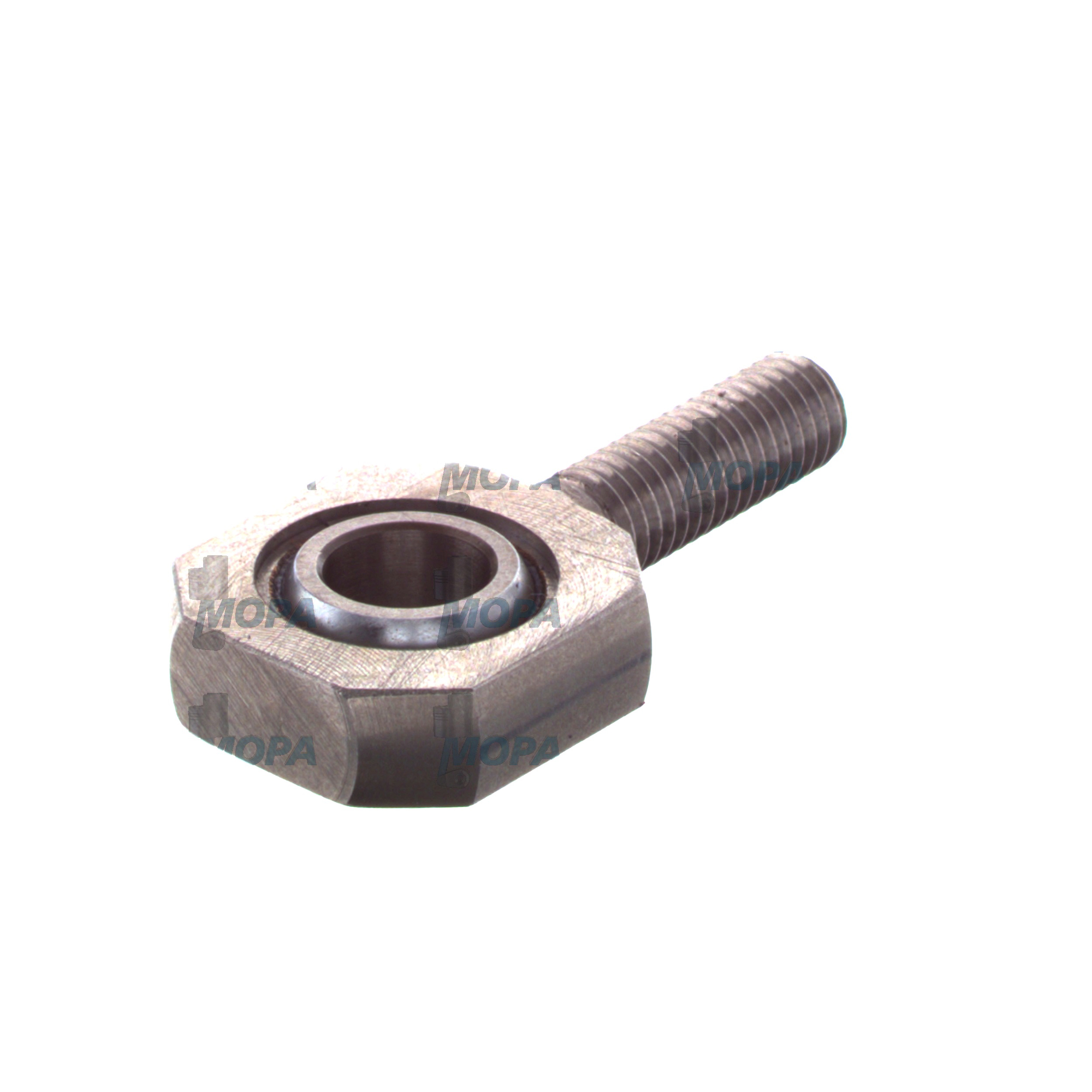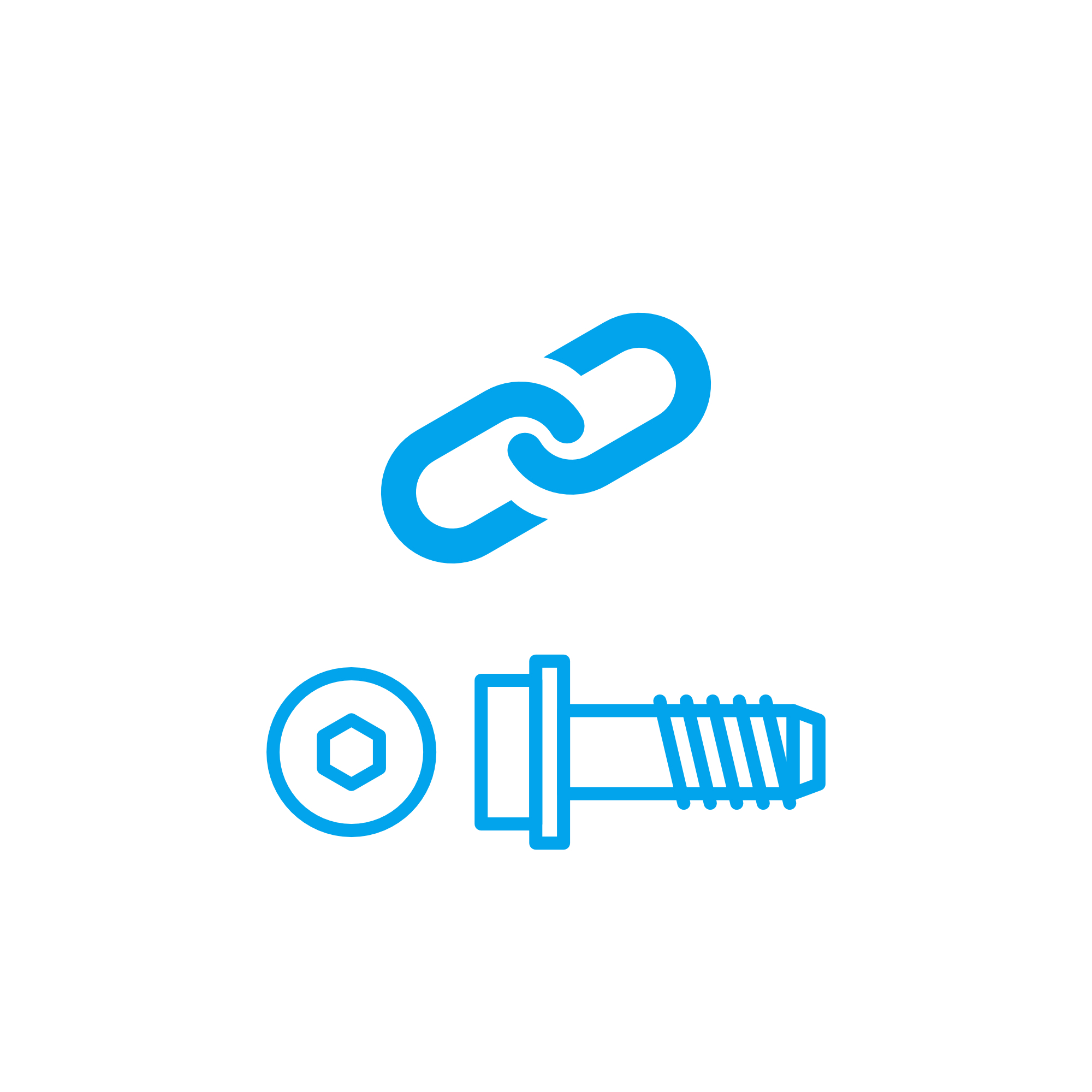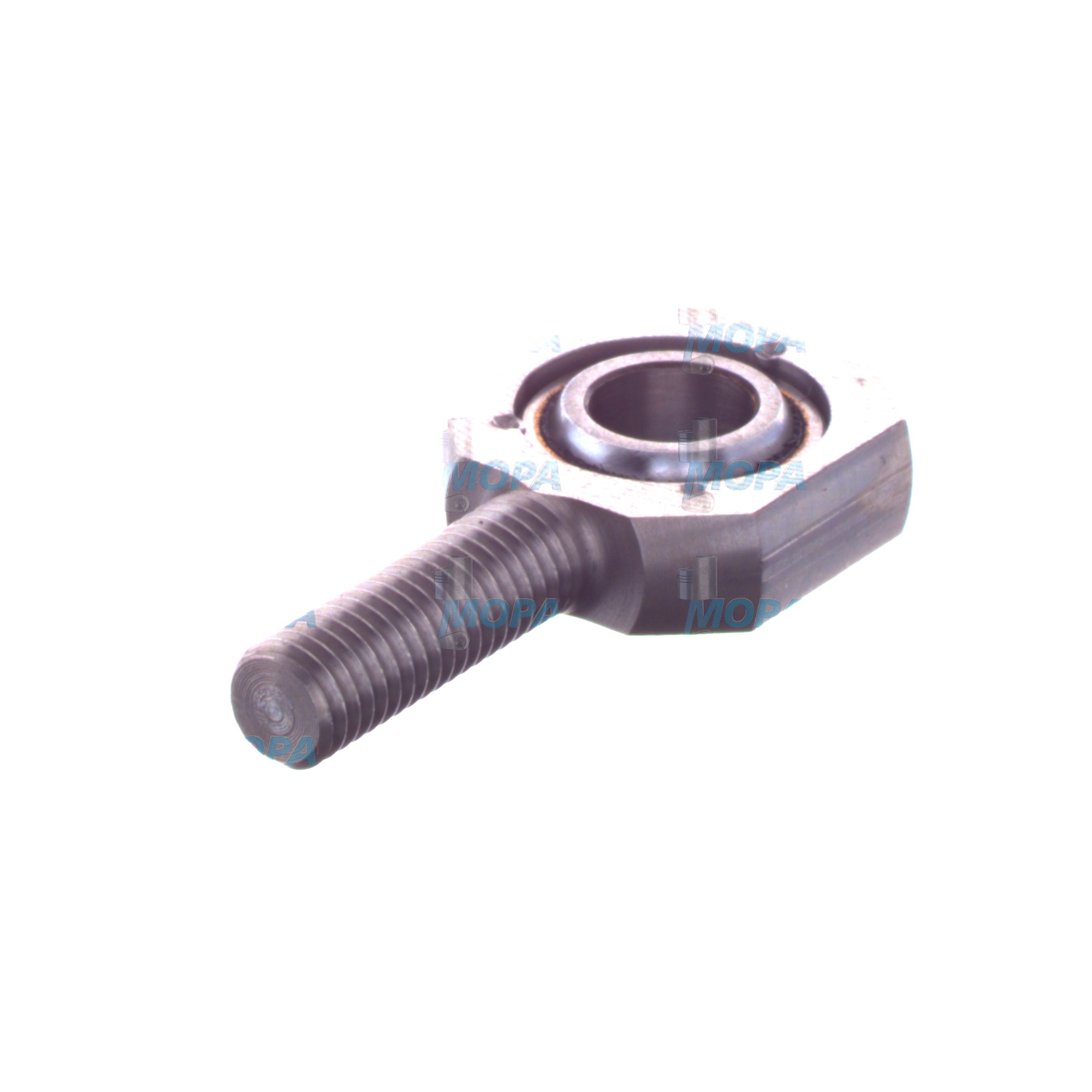ROD END connecting elements for marine and diesel engines
Connecting elements are the mechanical links that transmit motion, force, and position between critical engine assemblies. In large diesel and gas engines—on ships, in power generation, and in heavy industry—these components include the ROD END, clevises, pins, threaded links, fasteners, and coupling hardware that join governors to fuel racks, actuators to turbocharger mechanisms, and control rods to valve gear. Their job is deceptively simple: maintain alignment, withstand oscillating loads, and deliver precise movement without backlash. When engineered and maintained properly, connecting elements stabilize performance, protect surrounding parts, and extend engine life.
Technical function of connecting elements and ROD END in a marine engine or diesel engine
A ROD END is a spherical joint that accommodates angular misalignment while transmitting tensile and compressive loads along an axis. In a marine engine, ROD END OEM parts couple linkage rods to fuel control levers or wastegate actuators, allowing the joint to pivot smoothly as the mechanism moves. The spherical plain bearing inside the ROD END distributes load over a wide contact area, minimizing edge stresses and reducing friction. In diesel engine throttle and governor linkages, this geometry maintains consistent response even when thermal expansion, vibration, or structural deflection would otherwise cause binding.
Beyond the ROD END, the category of connecting elements covers high-strength bolts, studs, nuts, pins, and couplers that lock assemblies together at exact tolerances. Proper thread engagement, surface finish, and preload ensure that cyclic forces from combustion and torsional vibration are carried safely through the structure. Precision-machined spacers and bushings establish repeatable geometry so valve events, injection timing, and turbocharger control occur exactly as designed. Together, these components deliver mechanical integrity while allowing controlled movement where needed.
How a ROD END preserves alignment and reduces wear
In oscillating linkages, a ROD END’s spherical race allows ± misalignment without side loading the shaft or lever. Self-lubricating liners or grease grooves manage boundary lubrication under high contact pressures, while corrosion-resistant coatings protect against salt-laden air on a marine engine. Correct sizing by static and dynamic load rating, plus thread type (male/female, right/left-hand, metric/imperial), prevents play and maintains precise actuator travel. The result is predictable control behavior, less fretting on pins, and lower frictional losses that support efficiency and stable emissions.
- · High load capacity under oscillating motion.
- · Compensation for angular misalignment.
- · Low-friction spherical bearing surfaces.
- · Tight axial and radial play control for accuracy.
- · Corrosion-resistant materials and coatings.
- · Options for self-lubricating or greaseable designs.
- · Metric and imperial threads; right- or left-hand.
- · Durable liners that resist brinelling and fretting.
Why connecting elements and ROD END are critical for reliable engine operation
Engine reliability depends on stable geometry and controlled motion. Worn connecting elements introduce play, which translates into uneven fuel delivery, drifting setpoints, and unstable turbocharger response. A loose ROD END can cause erratic governor behavior, leading to speed hunting, increased fuel consumption, and potential overspeed scenarios. Corroded pins or seized spherical joints raise actuator loads, accelerating wear upstream and risking delayed shutoff or alarm functions.
Typical failure modes include loss of preload in threaded fasteners, cracked housings from overload, liner wear that increases backlash, and galvanic corrosion in marine environments. The downstream effects are costly: misalignment triggers seal failures, vibration damages sensors, and thermal hotspots reduce component life. By keeping connecting elements within tolerance—correct fit, lubrication state, and surface condition—operators preserve performance, reduce unplanned downtime, and protect high-value components such as injectors, turbochargers, and valve trains.
Advantages of OEM spare parts suitable for connecting elements and ROD END
Choosing OEM spare parts suitable for a ROD END and related connecting elements ensures that material specs, hardness profiles, and dimensional tolerances match the engine platform. This fit is essential where small deviations produce large effects on control accuracy or fatigue life. Consistent bearing clearances, precise thread geometry, and certified coatings help the assembly meet its design cycle under real-world loads—vibration, temperature cycles, and corrosive atmospheres.
From a budget perspective, correctly specified OEM parts minimize rework and shorten maintenance windows. They arrive with traceable manufacturing quality, allowing predictable planning and documentation for class inspections in marine engine applications. The outcome is sustained engine performance and a longer service life for adjoining parts, as forces and motions remain within the intended envelope.
What decision-makers gain with OEM parts for a diesel engine or marine engine ROD END
- · Consistent tolerances for accurate linkage travel.
- · Proven materials and coatings for harsh environments.
- · Reliable fit with existing shafts, pins, and threads.
- · Reduced risk of early wear and unplanned downtime.
- · Better lifecycle cost through longer maintenance intervals.
- · Documentation and traceability for compliance and audits.
MOPA: OEM parts partner for connecting elements and ROD END
MOPA is an experienced partner for OEM spare parts suitable for connecting elements—including every ROD END, pin, and threaded link required in demanding diesel and gas engines. Customers value short lead times, consistent quality, and secure, transparent handling from inquiry to delivery. Whether supplying a single ROD END for a marine engine governor linkage or a complete kit of connecting elements for a scheduled overhaul, MOPA focuses on speed, quality, and security in the trade of OEM parts. Global sourcing capabilities and a vetted supplier network help keep critical assets in service with minimal downtime.
Conclusion: the role of connecting elements and ROD END in engine performance
Connecting elements—and especially the ROD END—preserve alignment, accuracy, and load paths in marine and diesel engines, directly impacting efficiency, emissions stability, and safety. Selecting OEM spare parts suitable for these components protects performance and extends service life while controlling maintenance budgets.





